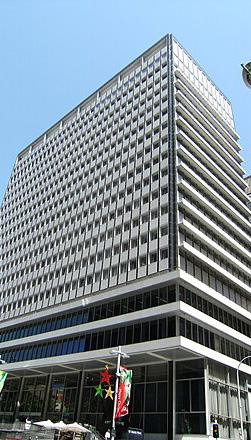
4 minute read
RBA’s decision to hold rates: A balancing act amid economic uncertainty
From the editor’s desk
The Reserve Bank of Australia’s (RBA) decision to hold the cash rate steady at 4.35% has come at a critical juncture for the Australian economy. With inflation still lingering above the target range, despite a significant reduction from its 2022 highs, the central bank faces a delicate balancing act. On one side, there are calls for a rate cut to provide relief to households burdened by high living costs and mortgage repayments. On the other, there is the risk that easing rates too soon could stoke inflationary pressures, undoing the hardfought gains in bringing down price increases. This decision by the RBA to pause and assess the situation is reflective of a broader caution that permeates economic policymaking in Australia—and indeed around the globe—today.
The RBA’s cautious approach is understandable given the current economic environment. While inflation has indeed fallen, it remains stubbornly above the central bank’s target of 2-3%. This persistence is partly due to the lasting effects of supply chain disruptions and the war in Ukraine, which have had ripple effects across global markets. Though these factors are gradually easing, their impact continues to be felt in sectors such as energy and food prices, both of which have been significant drivers of inflation. In this context, a premature move to cut rates could send the wrong signal, potentially encouraging a resurgence of inflationary pressures before the economy has fully stabilized. However, the decision to maintain the current rate has not been without its critics. Many households, already grappling with rising costs of living, had hoped for a rate cut to ease the financial strain. For mortgage holders, the steady rise in interest rates over the past year has translated into significantly higher monthly repayments, leaving many struggling to make ends meet. This strain is particularly acute in major cities like Sydney and Melbourne, where housing affordability has long been a concern. In this sense, the RBA’s decision may feel detached from the realities faced by everyday Australians who are being squeezed by both inflation and high interest rates.
At the same time, the RBA’s decision can also be viewed as a prudent step to safeguard the long-term health of the economy. The lessons of the past—most notably the 1970s— show that inflation can be a persistent and damaging force if not tackled decisively. Allowing inflation to remain elevated for too long risks entrenching higher inflation expectations, which can be difficult to unwind. Once businesses and consumers start expecting higher prices, they adjust their behavior accordingly. Workers demand higher wages to keep pace with rising costs, businesses raise prices to cover higher wage bills, and the cycle continues. By keeping rates steady, the RBA is signaling that it remains committed to bringing inflation back within its target range, even if that means some short-term pain for households and businesses. Global factors also weigh heavily on the RBA’s decisionmaking process. While the US Federal Reserve recently cut its interest rate by 50 basis points, it is unlikely that the RBA will follow suit anytime soon. Australia’s economy, while interconnected with the global financial system, faces different challenges than those in the United States. The Fed’s decision to cut rates was largely in response to signs of weakening economic activity in the US, whereas Australia’s economy, though slowing, has not yet shown the same degree of vulnerability. Moreover, the RBA must also contend with the risk of capital outflows if it were to cut rates while other central banks, like the Fed, remain on a tightening path. A rate cut in Australia could lead to a depreciation of the Australian dollar, making imports more expensive and potentially exacerbating inflationary pressures.










